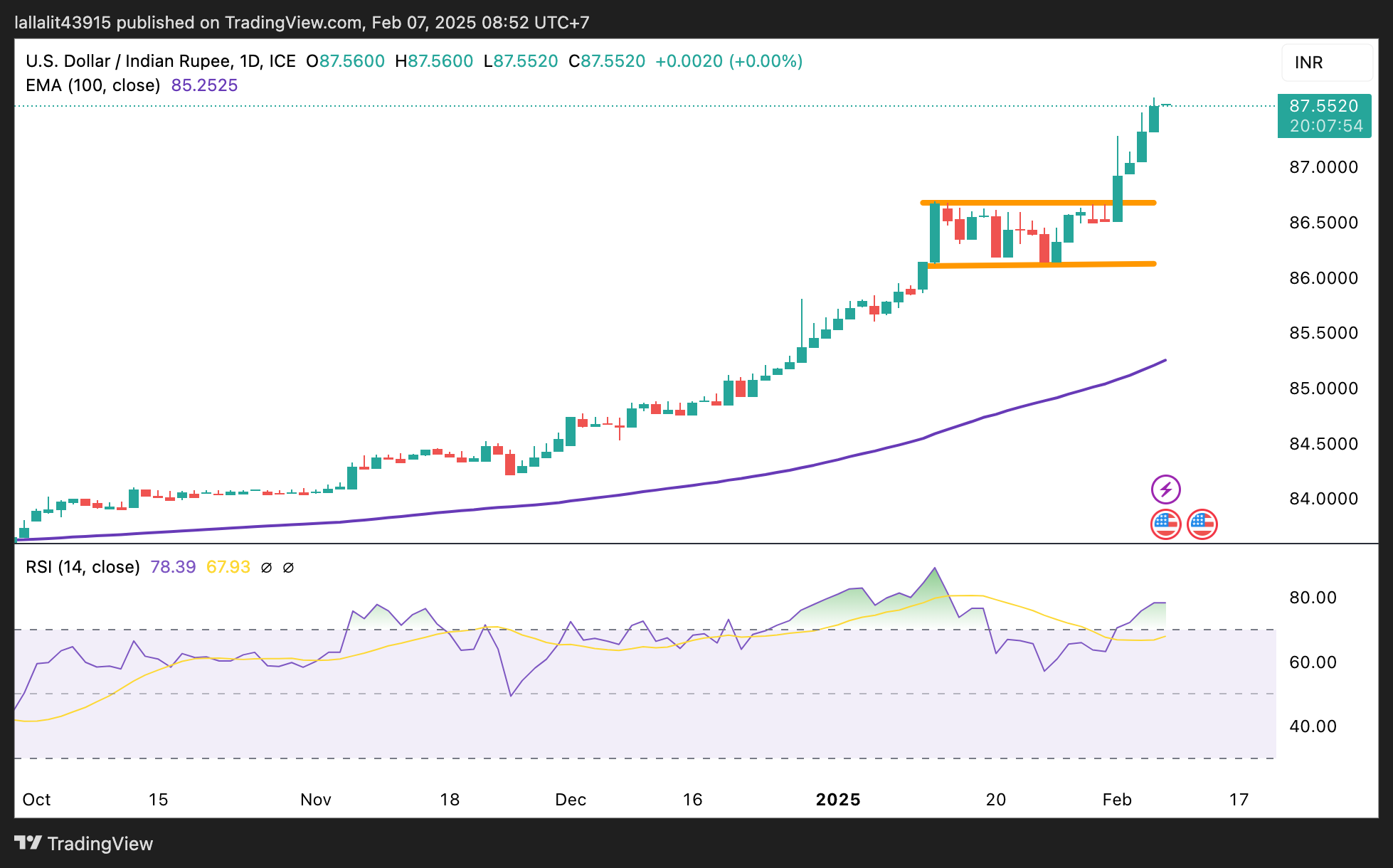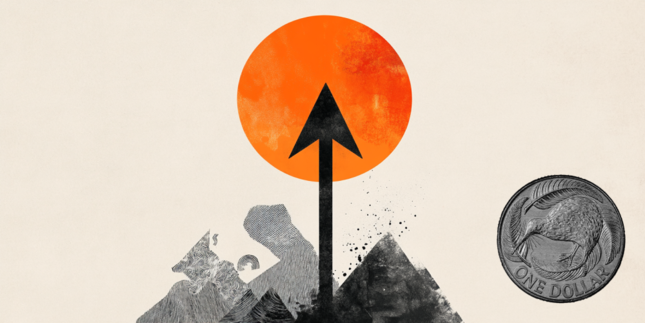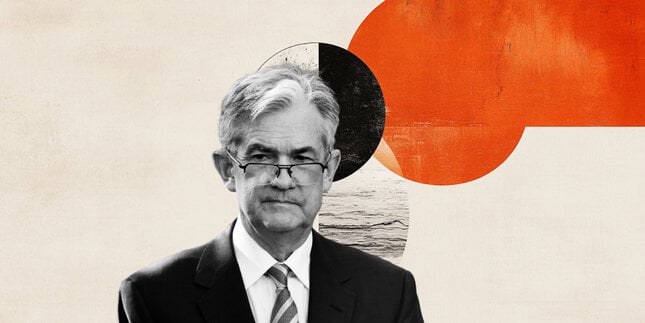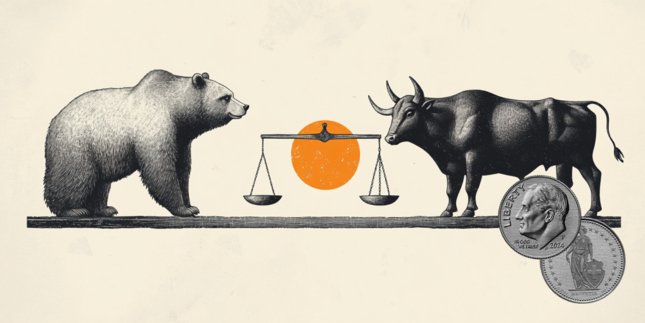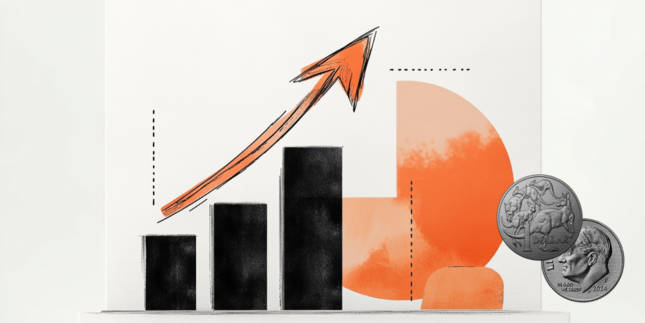USD/INR falls after RBI slashes repo rates by 25 bps
- The Indian Rupee recovers in Friday’s Asian session.
- RBI’s MPC cut the repo rate by 25 bps to 6.25% in the February meeting on Friday.
- Rising RBI rate cut bets, weakness of Asian peers and uncertainties could undermine the INR.
- The US labour market data for January will be closely watched later on Friday.
The Indian Rupee (INR) rebounds after falling to a fresh all-time low in the previous session. The Reserve Bank of India’s (RBI) Monetary Policy Committee (MPC) decided to cut the policy repo rate by 25 basis points (bps) to 6.25% for the first time in nearly five years.
The local currency remains vulnerable amid a broader decline among Asian currencies, the uncertainties surrounding US trade tariffs and continued portfolio outflows. Nonetheless, the routine intervention by the RBI to sell US Dollar via state-run banks might help limit the INR’s losses. Later on Friday, investors await the US labour market data for January, including Nonfarm Payrolls (NFP), Unemployment Rate and Average Hourly Earnings.
Indian Rupee drifts higher after RBI rate decision
- RBI Governor Sanjay Malhotra said, "Inflation has declined supported by favourable outlook on food. It is expected to moderate further gradually aligning with the target.”
- The Indian central bank estimates real GDP growth for the next year to be at about 6.7% for the first quarter, 6.7% for the second quarter, 7% for the third quarter, and 6.5% for the fourth quarter.
- Chicago Fed President Austan Goolsbee noted on Thursday that the uncertainty makes the environment for the Fed foggier, a reason to slow the pace of cuts.
- Dallas Fed President Lorie Logan said that while inflation progress has been significant, the US labor market remains far too firm to push the Fed into rate cuts any time soon.
USD/INR paints a positive picture, overbought RSI warrants caution for bulls in the short term
The Indian Rupee trades on a positive note on the day. The constructive outlook of the USD/INR pair remains intact as the price holds above the key 100-day Exponential Moving Average (EMA) on the daily chart. However, the 14-day Relative Strength Index (RSI) reaches overbought territory beyond the 70.00 mark, potentially signaling a temporary weakness or further consolidation in the near term.
The immediate resistance level for USD/INR emerges at 87.62, an all-time high. Sustained trading above this level could pave the way to the 88.00 psychological level.
On the downside, the initial support level for the pair is located in the 87.05-87.00 zone, representing the low of February 5 and the round mark. A breach of the mentioned level could drag USD/INR down to 86.51, the low of February 3.
RBI FAQs
The role of the Reserve Bank of India (RBI), in its own words, is "..to maintain price stability while keeping in mind the objective of growth.” This involves maintaining the inflation rate at a stable 4% level primarily using the tool of interest rates. The RBI also maintains the exchange rate at a level that will not cause excess volatility and problems for exporters and importers, since India’s economy is heavily reliant on foreign trade, especially Oil.
The RBI formally meets at six bi-monthly meetings a year to discuss its monetary policy and, if necessary, adjust interest rates. When inflation is too high (above its 4% target), the RBI will normally raise interest rates to deter borrowing and spending, which can support the Rupee (INR). If inflation falls too far below target, the RBI might cut rates to encourage more lending, which can be negative for INR.
Due to the importance of trade to the economy, the Reserve Bank of India (RBI) actively intervenes in FX markets to maintain the exchange rate within a limited range. It does this to ensure Indian importers and exporters are not exposed to unnecessary currency risk during periods of FX volatility. The RBI buys and sells Rupees in the spot market at key levels, and uses derivatives to hedge its positions.
Forex News
Keep up with the financial markets, know what's happening and what is affecting the markets with our latest market updates. Analyze market movers, trends and build your trading strategies accordingly.

